
Originally Posted by
Paul Jones

I used this Unimat when I worked as a prototype designer and machinist at the School of Oceanography, University of Washington to help pay for my undergrad education. The shop had fantastic machine tools but the smallest lathe was a Hardinge HLV 11" swing lathe and we needed something even smaller for building some of the parts to the scientific instruments. I bought my Unimat SL 1000 lathe new in 1970 to do this work and it machined perfect parts. Everything had to be made to very exacting standards. We were building scientific equipment designed to sit remotely on the ocean floor at 10,000+ feet below sea level with extreme crushing pressures and temperatures a hair above freezing and to be command remotely and returned to the surface successfully. The most difficult problem in deep ocean equipment was accelerated and unexpected corrosion near the pressure seals designed to protect the equipment from leakage by using multiple o-rings (using two main and one backup o-ring). Most parts were made from stainless steel. Anything made with aluminum had to be soft anodized and machined with no sharp corners where corrosion might start. We discovered hard anodizing aluminum had microscopic surface cracks where the corrosion would get in and under the hard anodized surface. The equipment had to be carefully inspected for reuse because the corrosion was hidden where it was very obvious with soft anodized surface treatments (also more colorful than plain black).



 LinkBack URL
LinkBack URL About LinkBacks
About LinkBacks


 Reply With Quote
Reply With Quote Thank you for sharing all of this with us! ~PJ
Thank you for sharing all of this with us! ~PJ

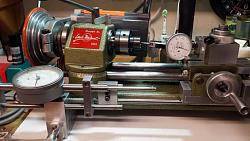



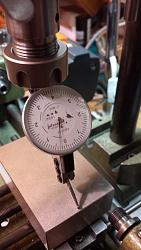
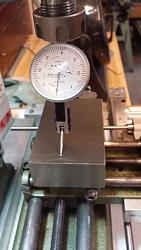
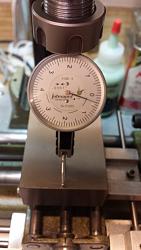
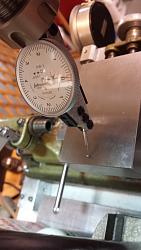
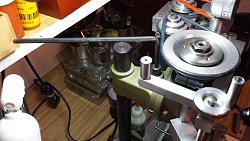



Bookmarks